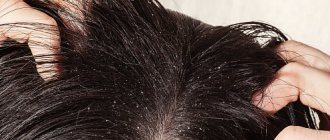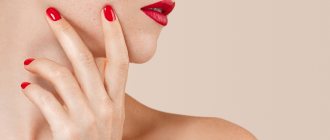Severe itching in the corners of the eyes indicates an allergic reaction or the development of a disease. The presence of the disease is indicated by the accompanying symptoms of suppuration, redness, swelling and lacrimation. If the condition appears one-time, then no treatment is required. To eliminate persistent itching, you need to contact an ophthalmologist, who will prescribe antibiotic and antibacterial drops and ointments.
You can also get rid of itching using folk remedies. To do this, prepare decoctions and infusions from medicinal plants to wipe the corners, make masks, and apply compresses to the eyes.
Symptoms associated with itchy eyes
To diagnose, you need to pay attention to the following symptoms:
- Sometimes the mucous membranes and eyelids not only itch, but also secrete thick mucus, which, when dried, forms crusts. Once removed, they soon reappear. The largest amount of discharge accumulates during the night. Normally, the inner corners of the eyes can accumulate a small amount of mucus; it is usually removed during hygiene procedures. But if accumulations of mucus have the consistency of jelly, dry out, turning into crusts, and the amount is noticeably higher than usual, then this almost always indicates pathology.
- If a burning sensation occurs along with itching, and thick and viscous discharge in the corners of the eyes has a yellowish color, then the development of an inflammatory process can be stated. At the same time, tear production increases, the eyelids turn red and swell. Possible increase in temperature.
- Sometimes not only the corners of the eyes itch, but there is also a feeling of dryness, you want to rinse the mucous membranes with cold water or close your eyes.
- It happens that the itching degenerates into the sensation of a foreign object, and there is a desire to remove the speck and wash the eyes; it seems that after such a procedure everything will go away. Alas, unlike a mote, inflammatory phenomena do not disappear quickly
What diseases can cause these symptoms? Why do my eyes itch? What to do to avoid negative development of the process? It is impossible to make a diagnosis based on itching in the corners of the eyes alone. After all, such itching is often one of many symptoms. Only an ophthalmologist (ophthalmologist) can adequately assess the patient’s condition and establish an accurate diagnosis by conducting additional examinations. Self-diagnosis is fraught with error and often leads to a more serious development of the disease.
Before considering diseases of the organs of vision, it is worth mentioning their usual fatigue. From prolonged painstaking work, especially if a bright source of light enters the field of view, or in twilight conditions, the eye muscles become tired, signaling fatigue with mild itching. Sometimes it’s enough just to be distracted for a few minutes, blink, look into the distance, wash your face, after which the itching will go away.
The outer corner of the eye itches
Itching of the outer corner of the eye can occur due to diseases of the mucous membrane or eyelids. These diseases are bacterial and non-infectious in nature. Itching is often observed, like an allergy to an irritant. This could be urticaria, contact dermatitis, eyelid eczema, toxicoderma.
The eye itches due to diseases of the glands: barley, blepharitis, demodicosis, chalazion and other diseases. Only after an ophthalmological examination can an accurate diagnosis be determined.
Attention! The cause of itching can be the microscopic Demodex mite, which parasitizes the eyelid. The eyes itch at night, the skin begins to peel, and in the morning the eyelashes stick together with a yellowish viscous secretion.
If examinations by an ophthalmologist exclude eye diseases, consultation with a dermatologist and allergist is recommended.
The cause of unpleasant sensations in the outer corners of the eyes can also be:
- low-quality cosmetics;
- reaction to eye drops;
- long-term wearing of lenses or problems with lenses or glasses;
- overexertion after prolonged work in front of monitors, with a book, drawings, etc.;
- reaction to plants, book dust, animal fur, bird plumage;
- insect bites.
Dry eye syndrome
This syndrome (called xerophthalmia) is caused by an insufficient amount of tear fluid covering the eyeball. Working at a computer screen for a long time, especially in dry air conditions, and staying in an overly air-conditioned room contribute to the development of dry eye syndrome. The causes may also include autoimmune processes, endocrine diseases, kidney pathologies, skin diseases and some other ailments.
Improper use of contact lenses also leads to disruption of moisturizing processes in the mucous membranes.
In all cases, along with discomfort, pain and the desire to close your eyes, itching occurs (eye itching). Dry eye syndrome (if this is what it is, diagnosis must be carried out using special means) can lead to serious irreversible damage to the surface of the eyeball, and in the most severe cases even to perforation of the cornea.
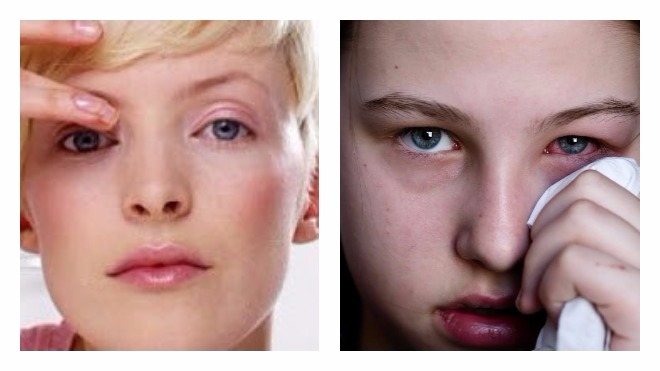
The simplest action to help avoid dry eyes is blinking. It is during the process of blinking that the tear film on the surface is renewed. If the corners of your eyes start to itch, the first thing to do is blink several times rapidly for 10–30 seconds. While working at the monitor, you should always remember to blink.
If working at a computer for a long time is a professional activity, it may be worth using moisturizing eye drops. Most often, artificial tear preparations are used to restore a stable tear film on the surface of the eyeball. The more complex the course of the disease, the higher the viscosity the drops should have; in severe cases, a gel is used. The correct selection of such drugs is carried out by a doctor.
Elimination of itching
It is necessary to begin eliminating itching by finding out the cause of its occurrence. Blockage of the lacrimal canal is relieved by using eye drops Oftalmoferon, Gentamicin and Floxal. They contain antibiotics that eliminate bacteria and itching.
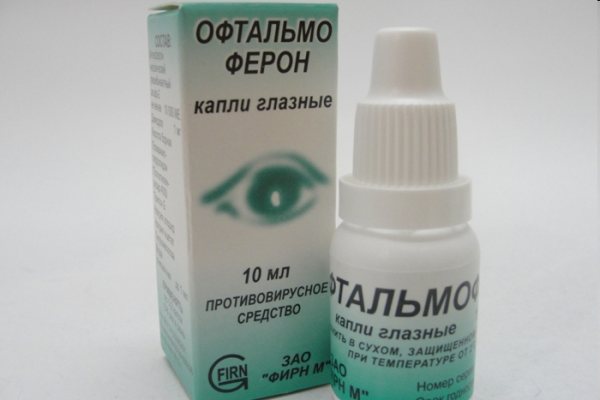
If the cause of the itchy condition is overexertion, overwork and lack of sleep, then you should adhere to the correct work and rest regime. Taufon, Visin, and Artelak drops will help you deal with the problem faster.
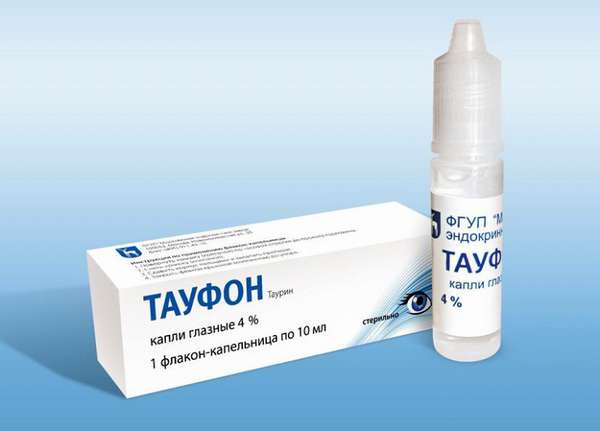
If you experience discomfort in the eyes when instilling any drops, you should replace the products with more suitable ones. An ophthalmologist will help you choose effective eye drops, as well as glasses if necessary.
Vitamin complexes will help compensate for the lack of B vitamins, retinol and zinc:

A gastroenterologist should treat diseases of the gastrointestinal tract, and an endocrinologist should deal with endocrine problems. During the treatment of pathological conditions, drops prescribed by a doctor, taking into account the specific disease, will help relieve itching in the eyes. For damaged tissues after surgery, it is necessary to use restorative agents, such as:
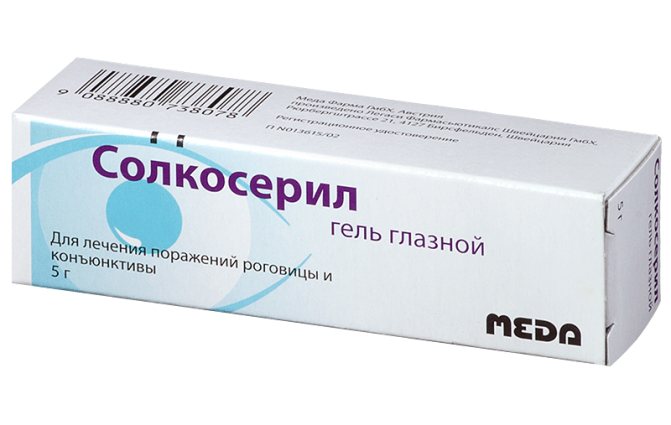
Incomplete closure of the eyelid is treated by instilling “artificial tears” and disinfecting drops. You can apply antibacterial ointment and Vaseline oil at night. If itching after using contact lenses, you need to change them, put them in a solution with enzyme tablets, and drip Oftagel.
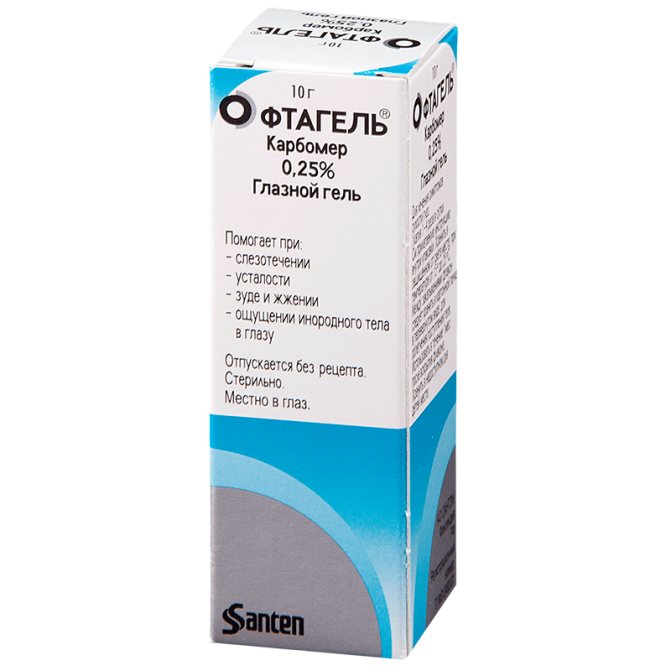
If insufficient cleanliness leads to itching, then the discomfort can be eliminated only by following the rules of hygiene. Antiviral medications will help cope with itching in the corners of the eyes due to colds:
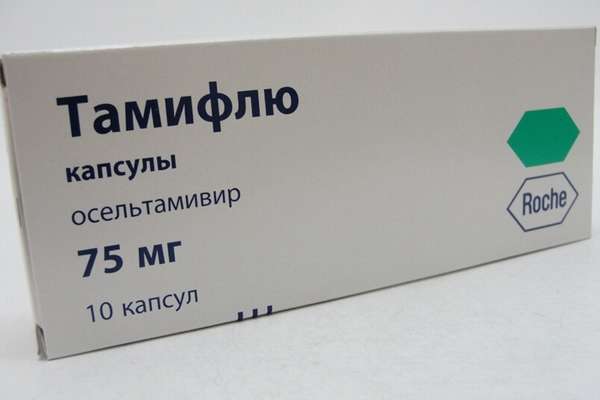
In addition to medications, you can fight itchy eyes using traditional methods. It is important to consult your doctor before using them. Recipes for effective remedies:
- 1. Chamomile infusion to relieve inflammation. You need to take 2-3 tbsp. l. dried flowers, brew 250 ml of boiling water. Leave for a quarter of an hour, soak a cotton swab in the infusion and apply to closed eyes.
- 2. Mustard oil to stabilize the activity of the lacrimal glands. You need to pour a little product into a container with a narrow neck. For a therapeutic effect, you need to inhale the aroma of the oil a couple of times a day.
- 3. Infusions for washing the eyes have an antiseptic effect. You need to pour 2 teaspoons of cornflower flowers into 250 ml of boiling water, leave for an hour and strain.
Treatment of keratoconjunctivitis and allergies
moisturize the cornea with dry eye using drops of Kornegel, Lakrisin and Vidisik. If you come into contact with any substance, contaminated or dry air, or allergens, you must use anti-allergenic drugs (Allergodil, Cromohexal) and antibacterial creams (Zovirax).
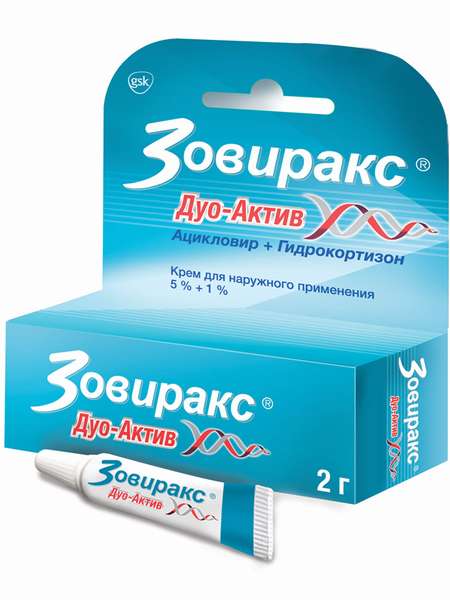
If the allergy is caused by taking medications , then the course of treatment must be stopped and consult a doctor about searching for analogues. Itching in the corners of the eyes with allergic conjunctivitis can be eliminated by taking antihistamines orally (Cetrin, Telfast and Loratadine), using eye drops Histimet, Lecrolin and Opatanol. Mast cell stabilizers can be used. These include eye drops such as Lodoxamide, Inoxa.
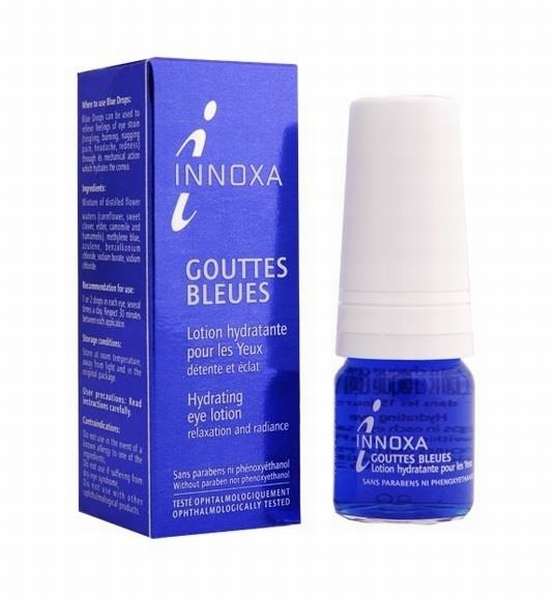
get rid of the itching sensation with hay fever conjunctivitis using antihistamines and mast cell stabilizers, using drops based on adrenaline hydrochloride and hydrocortisone.
Allergic dermatitis in the eyes is treated with medications against allergy symptoms (Suprastin, Zyrtec and Levocetirizine). Advantan, Celestoderm, and Zinc ointment are prescribed for external use. You can eliminate scabies in the corners of the eyes using drops:
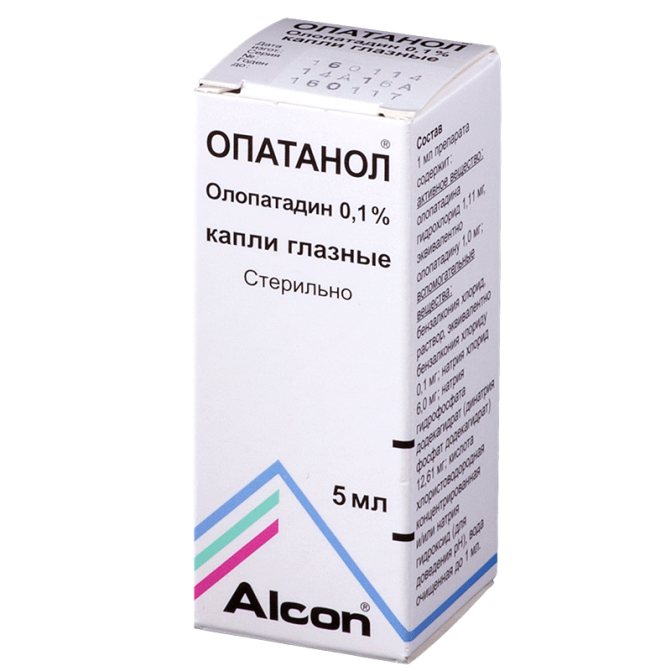
Home Remedies
To relieve allergy symptoms at home, you can use infusions and decoctions of dill and thyme:
- 1. You need to pour 2 tbsp. l. raw materials 250 ml of boiling water, leave for an hour and strain.
- 2. Soak cotton pads in the resulting solution and apply for 10 minutes.
Washing your eyes with aloe juice will be effective:
- 1. You need to wash the torn leaf and squeeze out the juice.
- 2. Next, dilute the juice with boiled, not hot water in a ratio of 1:10.
- 3. Rinse your eyes with this product at least 4 times a day.
For diseases of an allergic nature, it is important to consult a doctor about the use of folk remedies. They can only be used in combination with the main treatment.
Therapy of infectious diseases
Symptoms of itching in infectious diseases can be relieved with antibiotics. Before their introduction, you should treat the eye with a swab soaked in furatsilin. Wipe your eyelids thoroughly and remove any crusts that have formed.
Infectious conjunctivitis is treated with Oftadex, Gludantan and Forenal. Effective antibacterial drops for the treatment of bacterial diseases are:

Some patients prefer antibacterial ointments, applying them at night: Gentamicin, Polyfax, Tetracycline. It is forbidden to apply eye patches to avoid the formation of new bacteria. You can relieve swelling with Allergodil antihistamine drops.
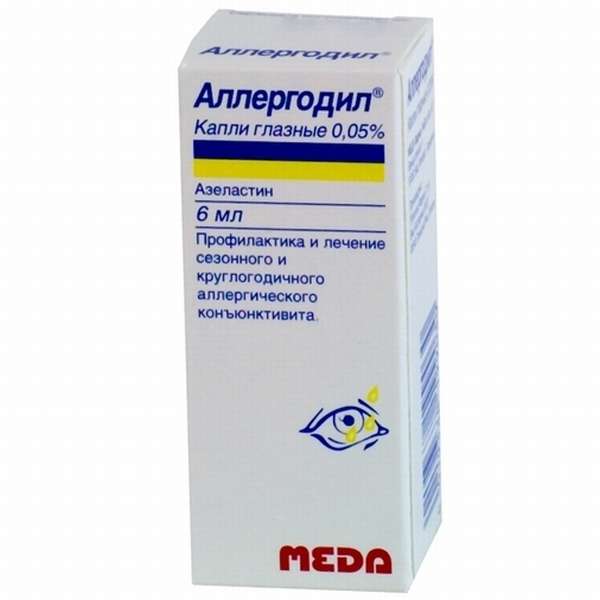
Treatment of itching in the corners of the eyes in other infectious diseases:
- 1. Herpes on the eyelid is eliminated with antiviral ointments Acyclovir, Fenistil-pencivir and Oftalmoferon drops.
- 2. Barley should be treated with drops of Sofradex, Floxal and Tsiprolet.
- 3. Demodicosis is treated with drops of Carbachol, Phosphacol, Stopdemodex.
- 4. Blepharitis can be treated with hydrocortisone, zinc-ichthyol, or metronidazole ophthalmic ointment.
- 5. Chalazion and scabies in the corners of the eyes are eliminated with injections of Kenalog solution and dexamethasone.
- 6. Trachoma and itching in the corners of the vision organs disappear after oral administration of Azithromycin. For severe eyelid deformities, surgical intervention is indicated.

Allergies and foreign bodies
The allergic process develops under the influence of certain substances (allergens). This provokes a reaction from the body’s sensitive immune system: first, discomfort and itching appear, then pain in the eyes, profuse lacrimation, redness and swelling of the mucous membranes. Allergens may include:
- pollen of flowering plants;
- particles of animal hair;
- some foods and other irritants.
Often, after visiting a pool with chlorinated water, there is a strong desire to scratch the corners of the eyes - this is also an allergy. Getting foreign bodies (motes, dust particles or cosmetics) under the eyelids causes a reaction close to an allergic one. Irritating agents, once on the mucous membrane, cause redness, swelling and itching. After eliminating the irritant, the allergic condition usually subsides quickly (unlike infectious inflammation).
To treat allergies, it is first necessary to eliminate exposure to allergens. Drug treatment consists of the use of antihistamines. Currently, you can buy such drugs at the pharmacy without a prescription; their selection is very large. It is usually customary to divide them into 2 main groups:
- Having a sedative side effect (“Diphenhydramine”, “Tavegil”, “Suprastin”, etc.). The use of these drugs has limitations associated with contraindications and side effects.
- Drugs without sedative effect (“Claritin”, “Erius”, etc.). These are more modern drugs. They have few side effects, and the restrictions are usually insignificant.
Antihistamines are preferably used in the form of eye drops. Unlike tablets, they do not cause drowsiness or headaches, act directly on the lesion and additionally help moisturize the mucous membranes. The regimen and dosage in all cases are agreed with the doctor.
Antibacterial drugs
Pharmacy chains offer a wide range of antibiotics for the treatment of eye pathologies. They effectively cope with almost all types of bacteria that provoke an infection. They help when the eyes become red and itchy, but only a doctor can prescribe such medications.
Albucid drops
This drug has long proven itself to be a powerful antibacterial and anti-inflammatory agent. It quickly relieves itching, eliminates redness, and reduces the severity of pain.
It is necessary to instill drops 3-4 times throughout the day. When used, unpleasant side effects may occur such as dry conjunctiva and burning. Albucid is contraindicated in case of allergic reactions to sulfonamides.

Uniflox drops
The active ingredient of the drug is ofloxacin. This is an antibiotic belonging to the fluoroquinolone group. Quickly eliminate irritation, itching, redness that develops against the background of a bacterial infection. Recommended for use in the treatment of blepharitis, keratitis, and various types of conjunctivitis.
The drug is effective in the fight against intracellular parasites, for example, chlamydia.
Uniflox is instilled under the lower eyelid up to 4 times a day. One of the undesirable effects that appears during therapy is burning of the mucous membrane. The use of the product in infants under one year of age and in pregnant women is prohibited.
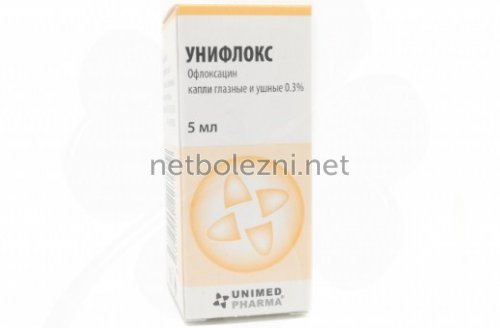
Levomycetin drops
The main antibacterial component of the drug is chloramphenicol. Such drops are used only in severe and very advanced cases, when other means do not help, since they are very toxic. Levomycetin is active against a wide range of bacteria and effectively eliminates many symptoms of eye diseases: itching, swelling, tearing.
The antibacterial drug should be instilled every 6 hours. Side effects include burning of the mucous membrane and allergic reactions.
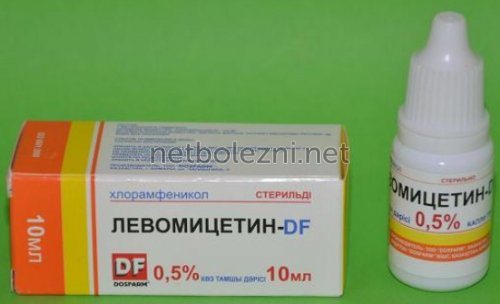
Normax eye drops
The active ingredient of the drug is norfloxacin. The action of this drug is similar to the action of Uniflox; it is used for bacterial conjunctivitis and other eye infections. After a few days of treatment, irritation decreases and the condition of the mucous membrane damaged by bacteria improves.
The drug is instilled four times a day. When used, negative phenomena were recorded in the form of redness of the conjunctival sac and burning.
Eye diseases of infectious origin
The conjunctiva is the mucous membrane of the eyes and the inside of the eyelids; their inflammation is called conjunctivitis. If it is caused by an allergic factor, then they speak of allergic conjunctivitis; infectious pathogens lead to viral or bacterial conjunctivitis.
Inflammatory lesions can be unilateral or bilateral, acute and chronic.
It is believed that in adults, 85% of cases of this disease are caused by adenoviruses, and microorganisms are the causative agents in only 5%. Sometimes conjunctivitis occurs together with inflammation of the eyelids (blepharitis) or cornea (keratitis).

Viral conjunctivitis is often related to an upper respiratory tract infection. Most often, itching first occurs in one eye, gradually turning into pain, then the choroid of the eyeball and eyelids turn red, sometimes reaching an intense red color; A persistent sensation of a foreign object and photophobia may appear. Mucus (usually white) accumulates in the corner of the eye. Preceding or concomitant acute viral infection (ARVI), fever, runny nose and enlarged regional lymph nodes help to recognize the adenoviral origin of conjunctivitis.
The drug of choice in the treatment of viral conjunctivitis is eye drops with interferon. The most famous of them:
- "Ophthalmoferon";
- "Poludan";
- "Aktipol".
It is recommended to take Acyclovir tablets internally, and rinse your eyes with furatsilin solution in the morning. When a bacterial infection is attached to the virus, antibiotic drops are prescribed: Ciprofloxacin, Signicef. A visit to an ophthalmologist cannot be postponed, because the consequences and complications can lead to loss of vision.
Bacterial conjunctivitis is caused by microorganisms.
The distinctive symptom of this disease is a thick gray-yellow discharge. After sleep, the eyelids can stick together so much that it is impossible to open your eyes without the help of your hands. Another symptom inherent in a bacterial disease is dry eyelids.
Both types of infectious conjunctivitis usually first affect 1 eye, then can spread to the other. Typically, it takes 2–3 days from infection to the onset of symptoms.
Conjunctivitis that is bacterial in origin can sometimes go away on its own. But eye drops or ointments containing antibiotics help significantly speed up the healing process. For conjunctivitis with abundant purulent discharge, local antibacterial agents are always prescribed.
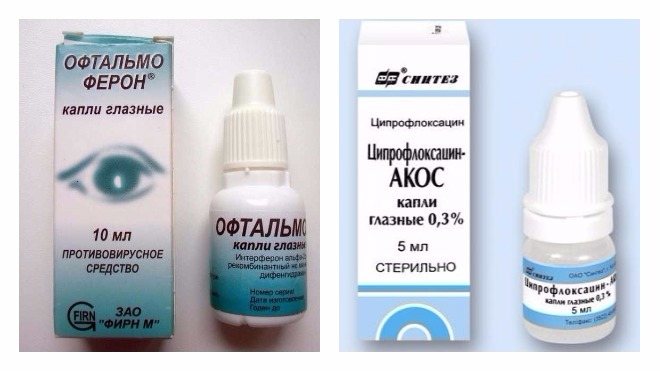
Treatment
Itching and burning are considered by many to be minor manifestations, but they can provoke serious complications - from loss of visual acuity to complete loss of visual function.
Therefore, it is important to carry out timely treatment, under the supervision and recommendations of a specialist. For minor manifestations, self-treatment is possible following the advice of doctors - the use of cold compresses that have a calming effect
It is also allowed to moisturize the mucous membranes of the eyes with drops like artificial tears. As a rule, it is recommended to drip eye drops with products preheated to room temperature, but to relieve itching, they can be slightly cooled.
One of the most effective methods of treating eye itching is the use of special ointments. Effective eye ointments include:
- Tobrex is a medicinal ointment that has antibiotic properties with a wide spectrum of actions. As a rule, it is prescribed by specialists for eye itching caused by bacteria and infections. The required course duration and dosage are determined by the ophthalmologist depending on the complexity of the disease. Most often, treatment lasts for several weeks using ointment no more than 5 times a day. For mild inflammation, applying ointment 3 times a day is sufficient.
- Erythromycin ointment is highly effective in the treatment of various types of conjunctivitis. The ointment has antibacterial properties and can be used regardless of the patient's age. The drug contains herbal ingredients without aggressive active elements. Treatment using ointment can last up to 4 months.
- Tetracycline ointment is considered a universal medicine to combat eye itching, regardless of the type of inflammation. Used exclusively for the treatment of adults.
Itching in the corner
If it is not the eyeball itself that is itching, but the corner of the eye, it may be due to inflammatory pathologies that arise both as a result of the activity of pathogenic organisms and as a result of allergies.
Conclusions and recommendations
If the corners of the eyes itch, redness of the cornea, eyelids and swelling occur, or a feeling of a foreign body appears under the eyelids, then you should urgently consult a doctor. Some diseases may resolve on their own, but others carry a risk of complications and permanent vision damage. If you are prone to allergies, you should always carry antihistamines with you and avoid exposure to allergens. If you work at a computer screen for a long time, you should blink as often as possible and take hourly breaks of at least 10 minutes.
It is recommended to avoid high display brightness.
Do not neglect hygiene; the corner of the eye should always be free of any discharge or foreign particles (cosmetics).
Allergy medications
An allergic reaction to food, dust, cat hair or other allergens can cause swelling around the eyes and bridge of the nose. Against the background of the disease, itching, irritation, and redness develop. To eliminate these symptoms, special medications are prescribed.
Allergodil
The active ingredient of the drug is azelastine. In a short time it reduces symptoms caused by allergies: itching, redness, irritation, swelling of the mucous membrane. The drug is used to treat seasonal and non-seasonal conjunctivitis.
If your eyes itch, instill the product four times a day, slightly moving the lower eyelid. When applied, a slight burning sensation is sometimes noted. Should not be used to treat a child under 4 years of age.
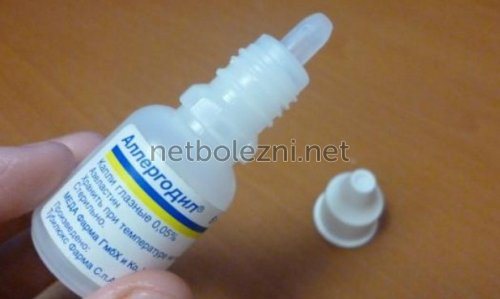
Lecrolin
The main component of the drops is cromoglycic acid. The product is used for the prevention and treatment of allergic reactions; the medicine is especially effective when the eyes are very watery. The drug reduces burning, itching, relieves redness and swelling.
The eye product should be used every 4 hours. The course of therapy is continued until the discomfort is completely eliminated. Adverse reactions almost never occur; in rare cases, mild discomfort or dryness is possible.

Preventive measures
To prevent itching in the inner corners of the eyes, you must follow several rules:
- during daily eye hygiene, which should be mandatory, use hypoallergenic products and clean towels;
- do not touch your eyes with unwashed hands;
- avoid contact with substances that can cause allergic reactions;
- lead a healthy lifestyle, eat right, take vitamin and mineral complexes;
- promptly treat diseases – both ophthalmological and any other.
Itching in the corners of the eyes near the bridge of the nose can be caused by simple overwork, lack of sleep, or a foreign particle getting under the eyelid. But often such a symptom can be a sign of serious diseases that pose a threat to health in general and vision in particular. Therefore, it cannot be ignored. Timely diagnosis and appropriate treatment will help eliminate discomfort and avoid serious consequences.
The occurrence of itching in the bridge of the nose causes discomfort for any person, especially if, in addition to this, the corners of the eyes itch. To make a decision on treatment, it is worth understanding the reasons why the eyes itch in the corners near the bridge of the nose and the bridge of the nose itself.
The bridge of the nose itches
If we turn to unconventional sciences, referring to signs, since ancient times it was believed that if the bridge of the nose itches, it means an early death. It was not the one whose nose itched who had to die, but someone from the environment. According to the sign, the deceased can be either a close and beloved relative or a complete stranger who will be buried in the nearest cemetery.
Another interpretation of why the bridge of the nose itches is constant thoughts about the nearest event that is about to happen. If the idea is not good, then the sign says that it is advisable to abandon such ideas.
Why does the bridge of the nose itch closer to the nostrils on the right and left sides, the book will tell you - for a long time, such itching was considered a good sign, because it promised the early appearance of a child in the family or a person would become a godmother or father.
Another noticeable reason why the bridge of the nose itches is due to a noisy feast, with songs, dances, and communication with good people.
It is important to say that signs can be trusted in the case of complete health of the person’s body, because in some cases itching in the area of the bridge of the nose and the corners of the eyes signals illness.
How to eliminate a symptom
The eyelid area and eyes are a very delicate area. Therefore, any means must be used very carefully and as prescribed by a doctor, so as not to have the opposite effect and not to aggravate the situation. It is especially necessary to contact an ophthalmologist if itching occurs occasionally or regularly.
Health care
A plan for medication and other treatment is drawn up only after diagnosis and identification of the cause that causes the eyes to itch in the corners near the bridge of the nose. Itching usually goes away on its own after getting rid of the underlying disease or eliminating the provoking factor.
It is recommended to rinse your eyes with clean water first. In some cases, this method will help eliminate the problem immediately. You can also take an antihistamine orally, instill it in, or treat the skin with ointment if the allergy is not occurring for the first time and suitable medications are already known.
In other cases, the following means are used:
- antibiotics – for bacterial conjunctivitis and other similar diseases;
- antiviral drugs – for viral infections;
- moisturizing eye drops – to eliminate dry eyes;
- other medications depending on the identified root cause of the pathology.
If the problem occurs frequently, in addition to the main treatment, it is recommended to take multivitamins intended for ophthalmic purposes.
Attention! It is not recommended to take any, even the most harmless, remedies on your own to get rid of itching in the inner corners of the eyes. If they do not meet the requirements of the prescribed treatment, they will not bring any benefit, but will only lead to a waste of time. In the worst case scenario, they can harm eye health and vision.
ethnoscience
Most often, home recipes are used when a foreign body gets under the eyelid. In this case, you need to act according to the following scheme:
- do not immediately rub, scratch or touch your eyes;
- wash or disinfect your hands;
- rinse eyes with clean water;
- carefully remove the foreign object with a clean napkin;
- if it is visible, then close your eye and lightly rub your eyelid so that, together with the released tear, you bring the speck closer to the inner corner.
If a caustic substance gets into the eyes, more extensive rinsing is required. To do this, it is recommended to use not only clean or boiled water, but also chamomile infusion or tea leaves. They have good disinfectant properties, so they will help relieve the symptoms of inflammation and itching.

